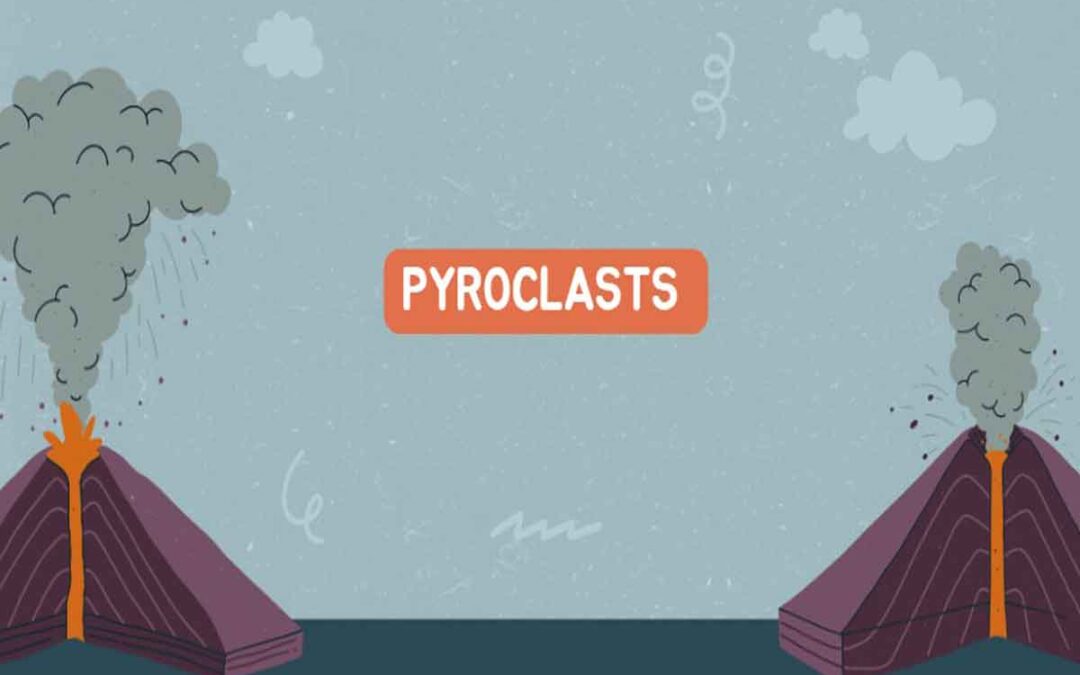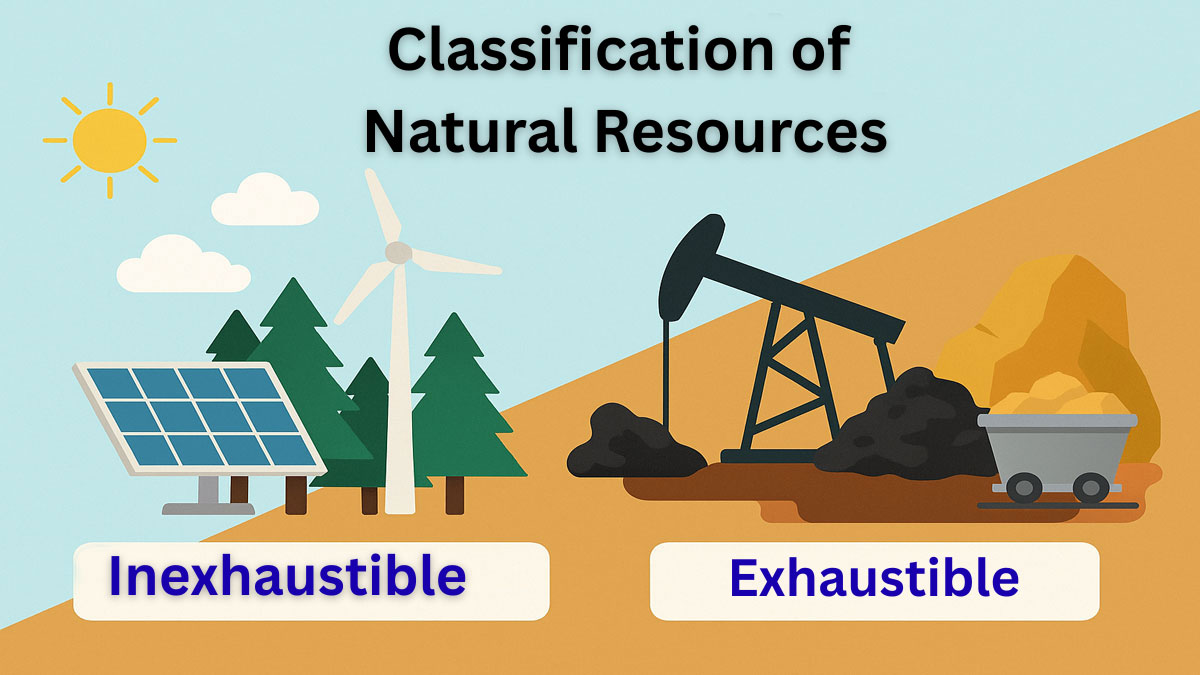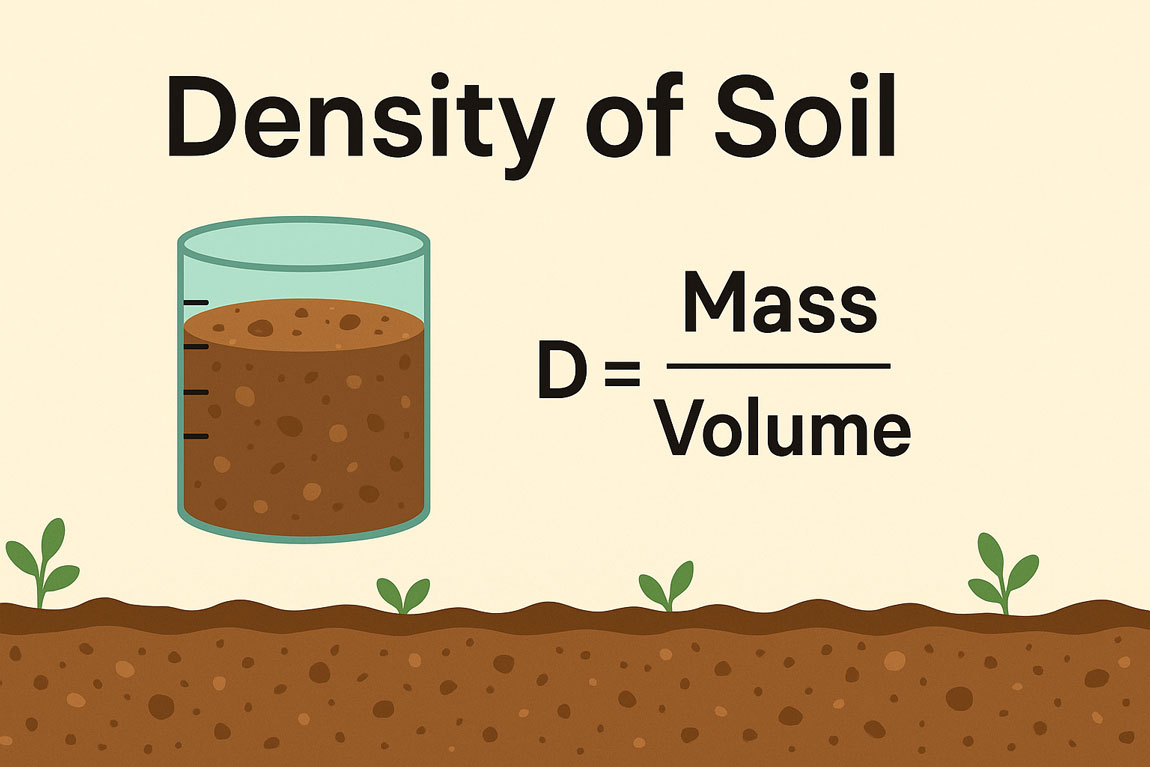Pyro clasts, derived from the Greek words “pyro,” that means fire, and “clast,” that means fragment, are critical additives withinside the observe of volcanology. These fiery fragments, produced all through volcanic eruptions, provide precious insights into the methods happening inside and round volcanoes. Understanding pyroclasts is prime to deciphering the dynamics of volcanic interest and assessing capability hazards.
Pyroclasts:
Pyroclasts are defined as fragments generated by disruption as a direct result of volcanic action. The fragments may be individual crystals, crystal fragments, glass fragments, or rock fragments.
Their shapes acquired during disruption or during subsequent transport to the primary deposit may not have been altered by later redepositional process. If they have the fragments, they are called reworked pyroclasts or epiclasts.
Types of Pyroclasts:
The various types of pyroclasts are mainly classified based on their size.
Bombs:
Pyroclasts whose mean diameter exceeds 64 mm. The rounded shape or smooth surface indicates that they were in a wholly or partly molten condition during their formation and subsequent transport.
Blocks:
Pyroclasts having mean diameter exceeds 64 mm. The angular to subangular shape indicates that they were solid during their formation.
Lapilli:
Pyroclasts of any shape with mean diameter of 64 mm to 2 mm.
Ash grains:
Pyroclasts with a mean diameter of less than 2 mm are present. We can further divide them into coarse ash grains ranging from 2 mm to 1/16 mm. We also refer to the tiny particles of ash as dust grains.
Formation of Pyro Clasts:
Pyro clasts shape for the duration of explosive volcanic eruptions while magma interacts with high-strain gases. The following approaches make a contribution to their creation:
• Explosive Fragmentation:
Magma is shattered into fragments because of speedy decompression and fueloline expansion.
• Magma-Water Interaction:
When magma comes into touch with water, steam explosions generate pyro clasts.
• Volcanic Collapse:
As volcanic systems collapse, they produce large pyro clastic fragments.
Characteristics of Pyro Clasts:
Pyro clasts range extensively in texture, size, and composition:
• Texture: Can variety from easy and glassy to hard and vesicular (complete of fueloline bubbles).
• Size: From nice ash to massive bombs and blocks.
• Composition: Reflects the chemical make-up of the magma, starting from basaltic to rhyolitic.
Significance of Pyro Clasts in Geology:
Pyro clasts offer vital records approximately volcanic strategies and history. Their importance includes:
• Volcanic History: Analyzing pyro clasts enables reconstruct beyond eruptions.
• Hazard Assessment: Understanding pyro clastic deposits aids in predicting destiny volcanic risks.
• Soil Fertility: Ash deposits increase soil with minerals, improving agricultural productivity.
• Land Formation: Pyro clasts make a contribution to the advent of recent landforms, which include volcanic islands.
Interesting Facts About Pyro Clasts:
• The biggest regarded pyroclast, known as a “megablock,” weighed numerous tons.
• Volcanic ash, a form of pyroclast, can tour hundreds of kilometers and have an effect on air tour.
• Pyroclastic substances are once in a while utilized in construction, especially as pozzolanic cloth in concrete.
Conclusion:
Pyroclastics are not just the fragments of volcanic eruptions. They play a key role in understanding the dynamic processes that shape the Earth. A study of their origin, geological characteristics, and importance in risk management provides important insights. Analyzing these pyroclastic remnants allows researchers to improve the accuracy of forecasting volcanic activity and play a key role in mitigating potential threats.






